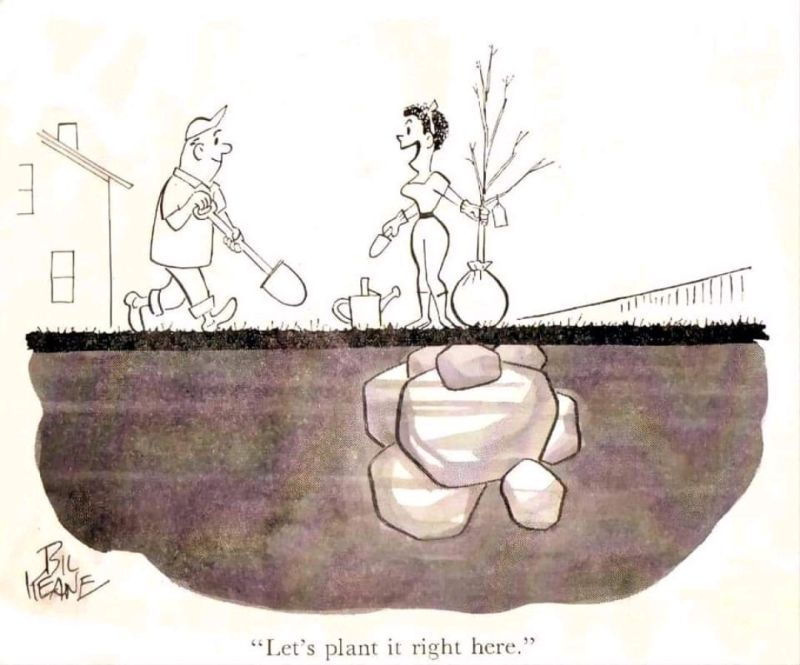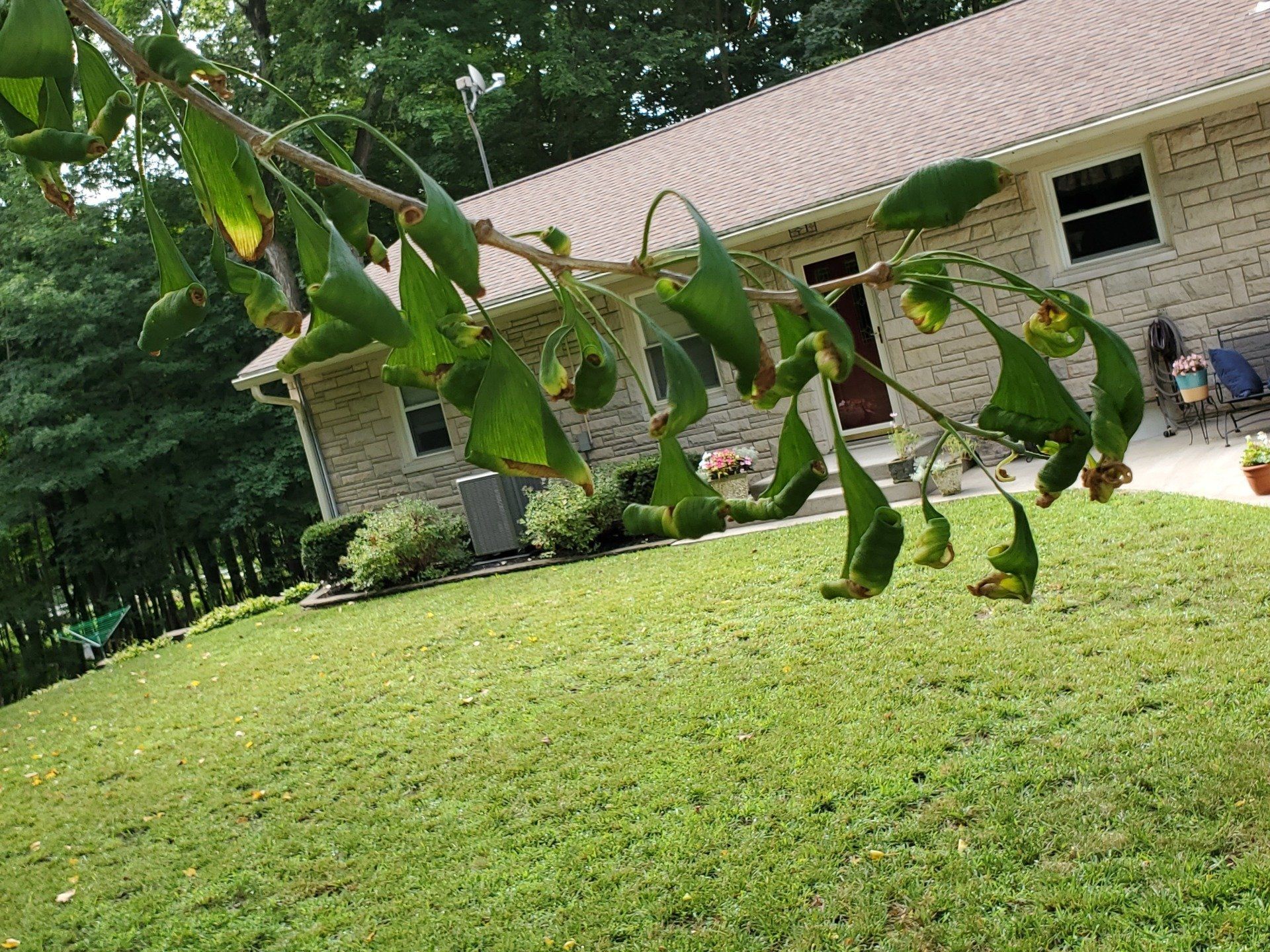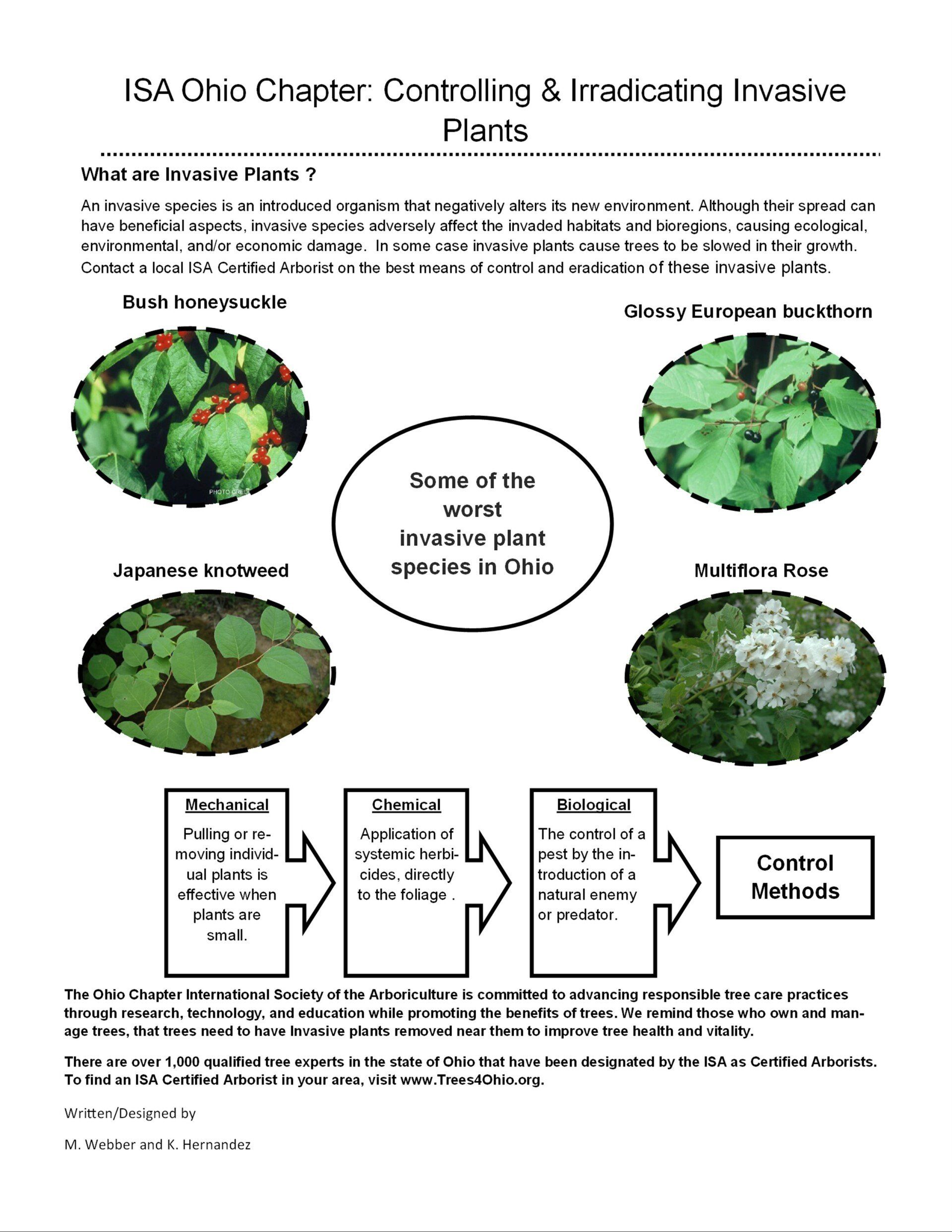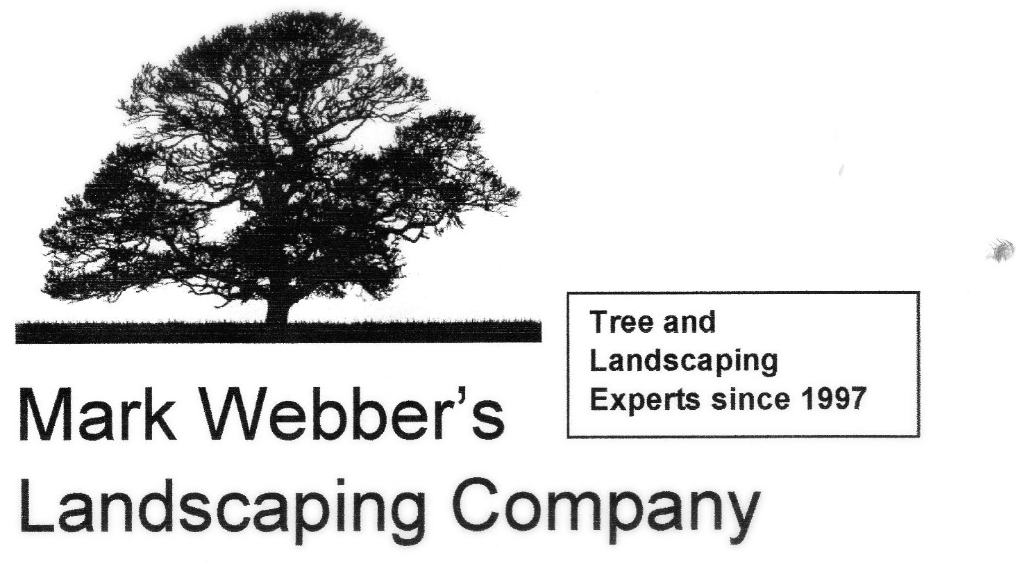Pressure Washing Trees "Really"
Don't Hurt Your Trees
Photograph Source (National Garden Association)
I have been a practicing arborist and horticulturist since the mid-1970's, and it seems that every spring somebody out there offers a new twist on what's best for the client. In the last year or so I have been contacted by a person who claims he provides a so-called has a business that pressure washes trees. He claims it washes off the pollutants off of the tree bark. I have explain to him this is not a advisable practice and would strongly recommend he refrain from further damaging trees.
Why You Shouldn’t Use a Pressure Washer on Trees
Pressure washers are called power washers for a reason. They are 10 to 50 times stronger than your garden hose. As you can imagine, that much power will cause damage to a tree!
What happens if I pressure wash my trees to get it clean?
Pressure washers are inherently super-powered hoses. Their motor or engine intensifies the flow of water, which then sprays 1,000-to-4,000 pounds of pressure per square inch (PSI). Conversely, your faucet or hose flows at about 50 PSI.
That extra force quickly rips and tears the outer bark and exposes the living cells of tree to unnecessary harm. Depending on the PSI and type of tree, your tree can lose chunks of its bark, and it is likely to pressure washing a tree can damage the tree cells under the bark.
Pressure washers set to their lowest setting, are too strong for trees. More so, if the spray from the pressure washer hits the trees' canopy, it will likely remove or shred the leaves and damage important leaf or flower buds. In fact, pressure washers with a minimum of 2,000 PSI are recommended to debark trees that have been cut that are to be stored for long-term storage.
Tree Biology Say's No To Pressure Washing Trees
The bark of a tree consists mostly of two zones of inner and outer bark.
The inner bark or phloem
actively contributes to the tree's life
processes: its tubular cells form the "plumbing system" through which sugar and growth regulators, dissolved in water, are distributed to other parts of the tree from the leaves and buds where they are made.
The outer bark
consists of layers of inner bark cells that have died and cracked as they have been pushed outward by the tree's growth; outer bark forms the tree's first line of defense against damage by insects, people, heat and cold, and other enemies. Pressure washing will destroy and remove the outer bark layer and expose the tree inner plumbing system to fungi & bacteria that will likely damage it.
Additionally, trees exposed to pressure washers will likely sustain serious damage that may cause the tree to be irreversibly damaged.












